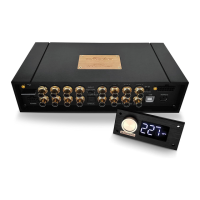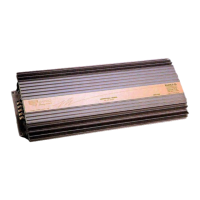Cumulative Error
An issue that often is debated is at what level does distortion become
detectable to the human ear? Is there truly an audible difference between
a unit that measures .05% THD and one that measures .1% THD? There
are many that contend, with good cause, that distortion does not become
audible until the magnitude approaches 1-% or more. Why do we go to
such great lengths in order to ensure the accuracy of each unit when such
minute differences are most likely inaudible?
The answer to this question underlies ZAPCO’s entire design
philosophy and is based on the simple concept of cumulative error. To
understand the point you must consider all the pieces of electronic
equipment that comprise the chain between the original performance and
your ears. From the microphone used to record the performance, to the
speakers used to reproduce it, the ultimate accuracy of the final output is
directly dependent on the accuracy of all of the pieces that comprise the
system. Given that this is not a perfect world, it is inevitable that each
piece of equipment will add some distortion or error to the original signal.
Signal degradation along this chain can be nothing but cumulative. It is the
cumulative error of the system as a whole of which we must be mindful.
From ZAPCO’s perspective, the idea that .1% THD, inaudible in and of
itself, is good enough, is unthinkable! If .002% THD is possible it is the
obligation of the manufacturer to do all that is feasible to attain that
maximum level of performance.

